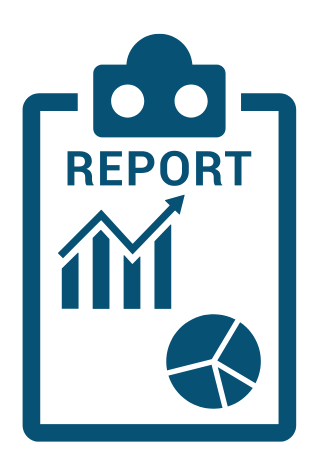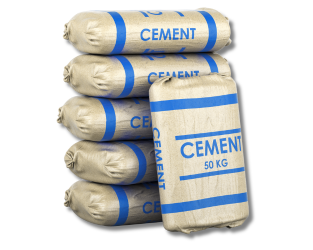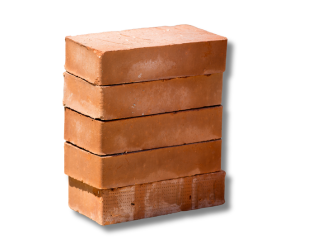1. Safety Assurance: avoids any possible misuse of the material, which could result in the collapse of the structural components.
2. Regulatory Compliance: follows guidelines that BIS, ISO, and ASTM stipulate; this was done in a way that made it the law.
3. Cost Efficiency: allows early detection of defects, reducing project delays and additional costs.
4. Sustainability: The building process that uses environmentally friendly materials or is in itself sustainable.
1. Architects and Engineers: Specifying material quality to the extent needed for a particular application.
2. Contractors and Builders: Ensuring that projects adhere to the regulations set.
3. Government and Regulatory Bodies: Ensure the product is quality-standard and copyrighted.
4. Material Manufacturers: In case of testing for a certification like ISI MARK (BIS), the production manufacturers might be asked to provide quality production conditions and material performance allowance scenarios.




Initial Consultation: Find out the project requirements from the customers, including the materials to be tested.
Sample Collection: Collect the specimens on-site or from the manufacturer for your tests.
Testing: Laboratories should apply tests to the product integrity per the required standards such as BIS, ASTM, or ISO.
Results Analysis: Supply the reports with the results, clearly indicating any deviations from the standards.









